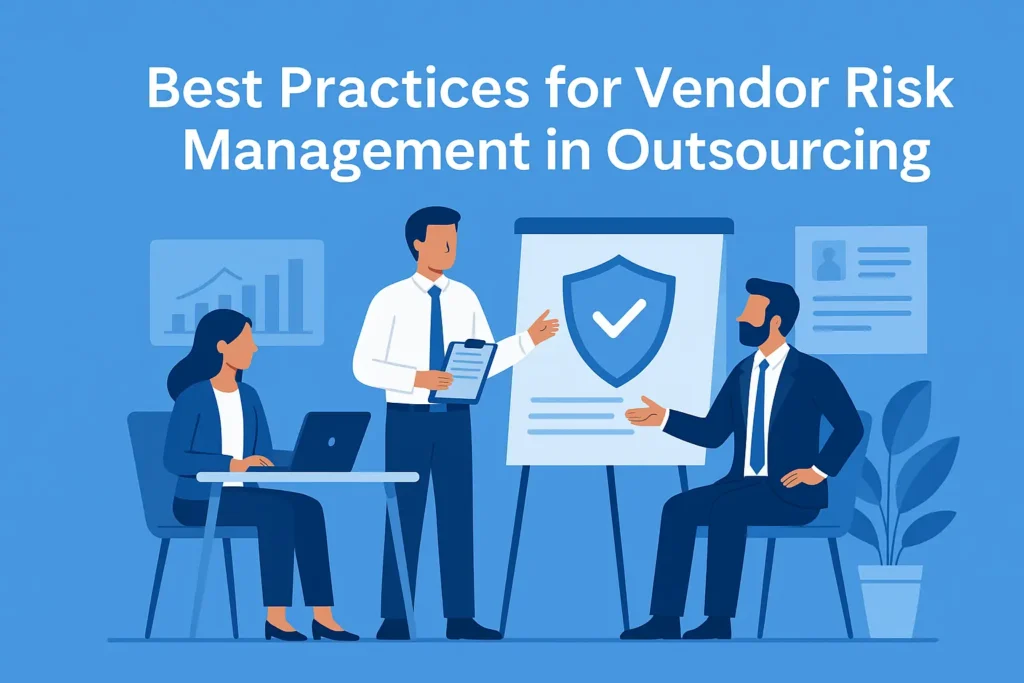Measuring the return on investment (ROI) from outsourcing is crucial to understanding if your partnerships deliver the value you expect. This article outlines how to evaluate ROI from your outsourcing engagements.
Why ROI Matters in Outsourcing
- Justifies costs to stakeholders
- Improves future vendor selection
- Supports long-term decision-making
- Encourages continuous improvement
How to Measure Outsourcing ROI
1
Financial Savings
Compare your in-house costs with your outsourcing costs to see direct savings.
2
Quality Improvements
Assess error rates, rework, or defect reductions after outsourcing.
3
Speed and Efficiency
Measure how quickly projects or processes are completed compared to before.
4
Innovation Gains
Look for improvements in technology adoption, new processes, or faster market launches.
5
Risk Mitigation
Include factors like compliance, data security, and business continuity.
Best Practices for Evaluating ROI
- Define KPIs upfront
- Track both tangible and intangible benefits
- Track both tangible and intangible benefits
- Get feedback from internal teams
Conclusion
Evaluating outsourcing ROI goes beyond cost — it’s about quality, speed, and risk management too.



